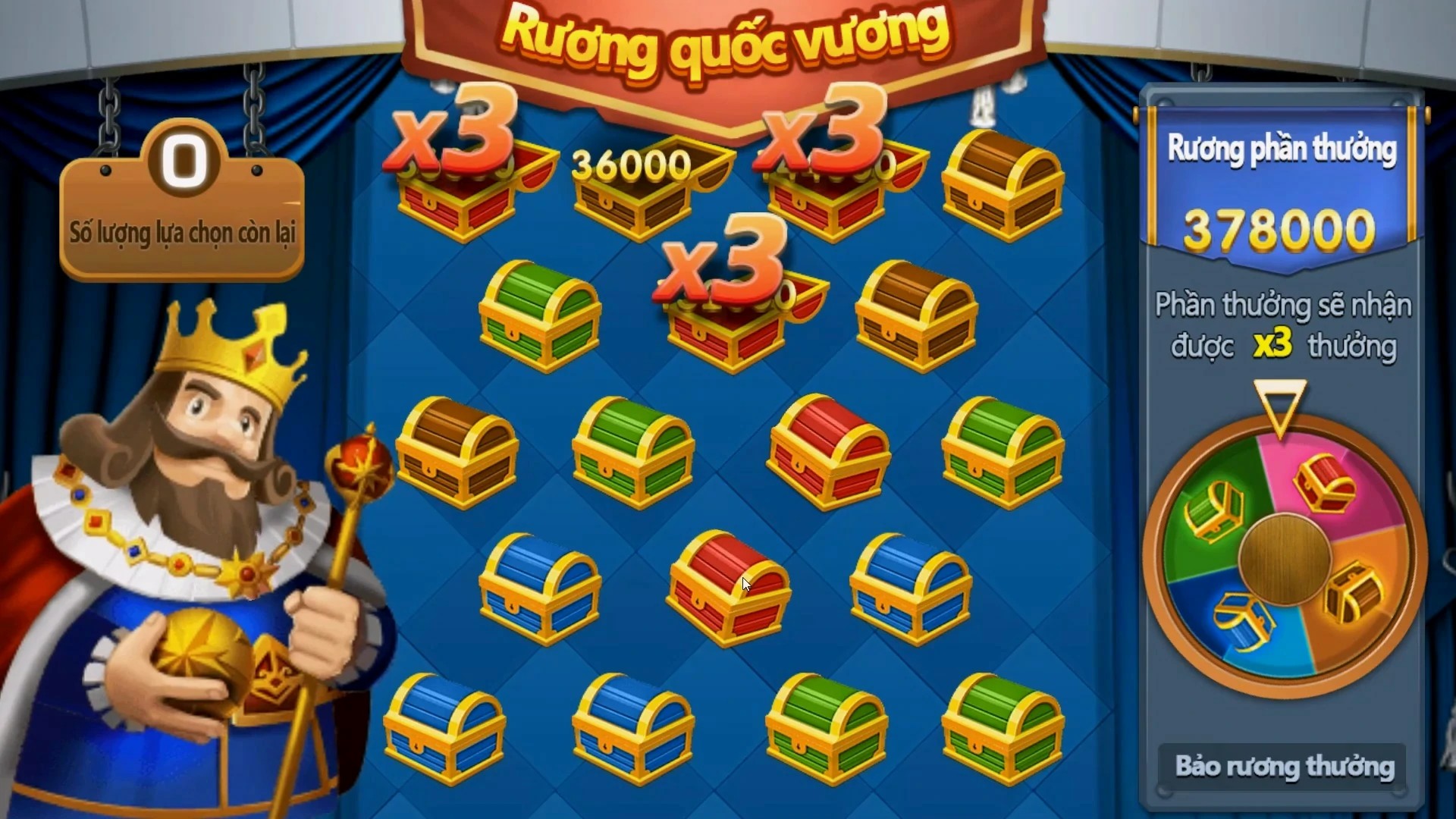From Sandbox to Incremental: Exploring the Evolution of Games and Player Engagement
Video games have transformed dramatically over the decades. The shift from sandbox games to incremental games represents an exciting trajectory in player engagement. In this article, we're going to dive deep into this evolution, examining not only the mechanics but also the emotional connections players form with games.
The Birth of Sandbox Games
Sandbox games emerged in the early 2000s, offering players open-world experiences. Titles like "Minecraft" allowed users to explore, create, and engage on their terms. This freedom was revolutionary, providing a space for creativity to thrive.
Understanding Incremental Games
On the other hand, incremental games introduced a different kind of engagement. As players progress, they accumulate resources, unlocking upgrades and new features. This mechanic keeps players returning—what will they achieve next?
The Role of Player Engagement
Player engagement is crucial in both sandbox and incremental games. Understanding how players interact with their environments shapes game development. How can developers foster this engagement?
The Appeal of Dragon Kingdom Video Game for Kids
One of the gems in the realm of kids' gaming is the Dragon Kingdom video game. With its puzzles and mythic themes, it fully captures children’s imaginations, drawing them into an engaging world filled with challenges.
A Look at Survival Games on Xbox
For those looking for a different style, survival games on Xbox present an intense level of engagement. Players must gather resources, build shelters, and fend off dangers in a vast open world. The blend of strategy and urgency keeps players on their toes.
Player Motivations: What Makes Them Tick?
Why do players choose sandbox games over incremental ones, or vice versa? Motivations vary greatly, spanning factors such as:
- Personal creativity
- Competitive spirit
- Exploration and discovery
Mechanics that Keep Players Engaged
The core mechanics devour players' attention. In sandbox games, it’s about freedom of choice, while incremental games rely heavily on reward loops—offering little rewards that push players to keep coming back for more.
Visuals and Graphics: Their Impact on Player Experience
Graphics can significantly impact player experience. Visually stunning worlds in sandbox games compare with the simple yet colorful designs of incremental ones. Which style keeps you hooked longer?
Community and Multiplayer Elements
The rise of community features in gaming is another evolution. Sandbox games often offer multiplayer options enabling friends to collaborate, while incremental games foster competition through leaderboards and challenges.
The Cultural Impact of Games
Games shape cultures and communities. They transform gaming into a more profound experience than merely spending time; they become avenues for connection. What culture shifts have you seen since the rise of video games?
Table: Key Differences Between Sandbox and Incremental Games
| Feature | Sandbox Games | Incremental Games |
|---|---|---|
| Focus | Exploration and creativity | Resource accumulation |
| Gameplay Style | Open-ended | Progressive and goal-oriented |
| Community Interaction | Collaboration | Competition |
Future Trends in Gaming
What’s next for sandbox and incremental games? Developers continuing to blur boundaries may be the key. Are we on the brink of hybrid gaming experiences that could revolutionize player engagement yet again?
Building Community Through Game Changes
As games evolve, so too does the community. Translating player feedback into game updates creates a sense of belonging. Developers balancing community needs lead to more engaged and loyal player bases.
Conclusion: Embracing Change in Gaming
The journey from sandbox to incremental games showcases the dynamic nature of the gaming industry. Each genre presents unique mechanics and engagement strategies that resonate with diverse player bases. Embracing these changes is essential for developers and players alike. What will the future of gaming hold?



